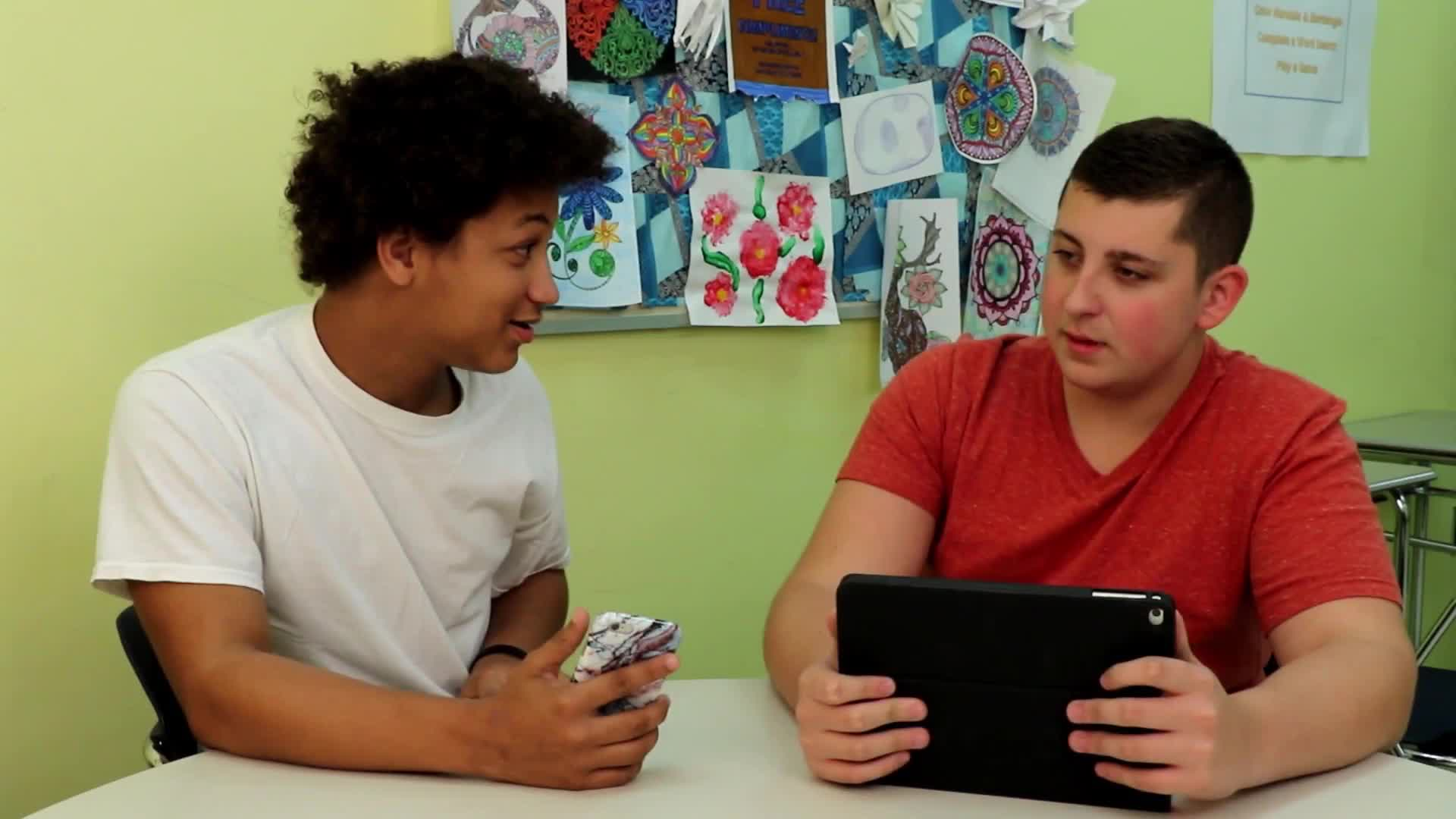
Introduction
Encouraging students to think before they speak is an essential skill in Social-Emotional Learning. By teaching them to consider if their thoughts are kind and helpful before expressing them, we can promote a more respectful and understanding environment. In this blog post, we will introduce a no-prep activity called “Two Sides” that helps students differentiate between thoughts that should be shared and those that are better left unsaid. We will also provide discussion questions, related skills, and next steps for educators to further explore this concept with their middle school students.
No-Prep Activity: Two Sides Game
In this activity, students will practice deciding whether a thought should be shared or kept to themselves. The facilitator will present a series of scenarios, and students will determine if the characters should “Think It” or “Say It.” Here’s how to play:
- Divide the students into two teams.
- Read a scenario to the class. Each scenario should involve a character facing a decision about whether to share a thought or keep it to themselves.
- Each team will discuss the scenario and decide if the thought should be “Thought” or “Said.”
- Teams will take turns sharing their decision and explaining their reasoning.
- The facilitator will guide a class discussion, encouraging students to consider the feelings and perspectives of everyone involved in the scenario.
- Continue with additional scenarios as time permits.
Discussion Questions
- How do you decide whether a thought is kind or helpful before sharing it with others?
- Can you think of a time when you chose not to share a thought because it might hurt someone else? How did that make you feel?
- What are some strategies for sharing thoughts in a respectful way, even when they might be difficult to hear?
- How can thinking before speaking help create a more positive and supportive environment in school?
- Why is it important to consider the feelings of others when deciding what to share and what to keep to ourselves?
Related Skills
Teaching students to think before they speak is just one aspect of Social-Emotional Learning. Other related skills to explore with middle school students include:
- Active listening
- Empathy and understanding
- Conflict resolution
- Respectful communication
- Self-awareness and self-regulation
Next Steps
Ready to try the Two Sides activity with your students and explore other skill-building activities? Sign up for free sample materials at Everyday Speech and discover a wealth of resources to support your students’ Social-Emotional Learning journey.

